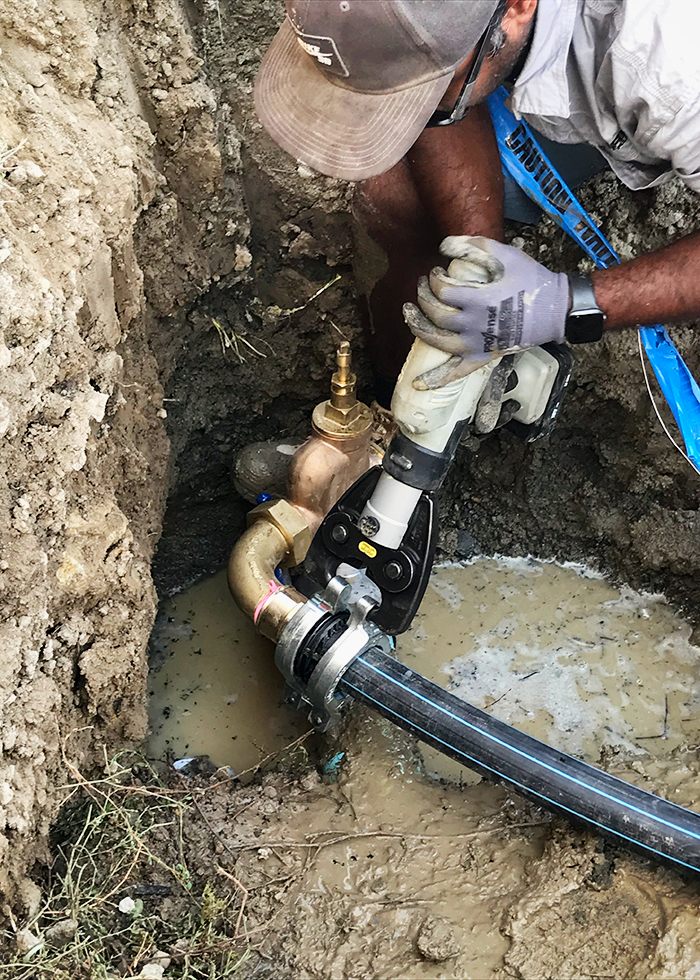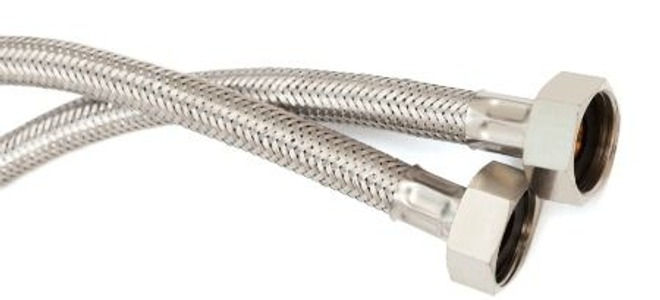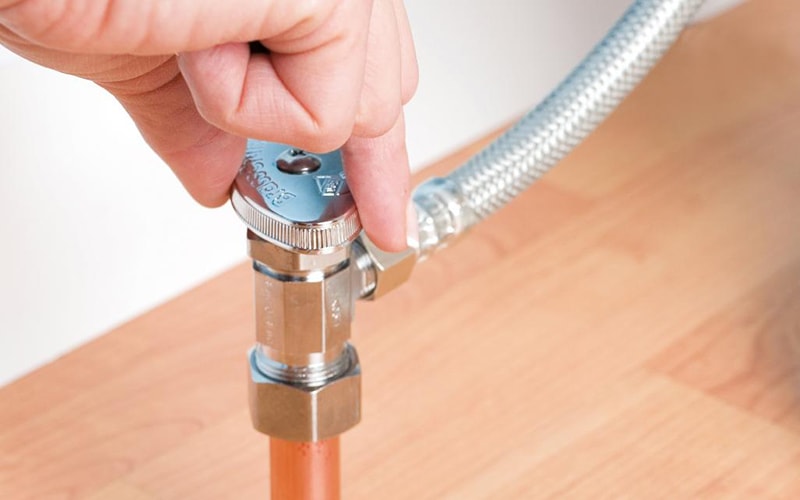Basin
The basin is the main part of a kitchen sink, and it is where all the dishes and utensils are washed. It can be made of different materials such as stainless steel, porcelain, or composite. The size and depth of the basin can vary depending on the sink's overall size and design. Some kitchen sinks have a single large basin, while others have two or three smaller basins.
Drain
The drain is an essential part of the kitchen sink that allows water to flow out and prevents the sink from overflowing. It is usually located at the bottom of the basin and is connected to the plumbing system. The drain can come in different designs, including strainer baskets, pop-up drains, and garbage disposals.
Faucet
The faucet is the most used part of a kitchen sink, and it is responsible for providing water for washing dishes and hands. It is attached to the sink or the countertop and can come in various styles such as single-handle, double-handle, pull-out, or pull-down faucets. The material of the faucet can also vary, from stainless steel to brass or chrome.
Sprayer
Some kitchen sinks come with a separate sprayer that can be used for rinsing dishes or cleaning the sink. The sprayer is usually attached to the side of the faucet and can be pulled out for easier use. It can also have different spray settings, such as a regular stream or a powerful spray for tough stains.
Handles
The handles of a kitchen sink refer to the knobs or levers that control the flow and temperature of water. They can be located on the faucet or on a separate handle attached to the sink. The type and design of handles can vary, but they are crucial in controlling the sink's water flow and temperature.
Soap Dispenser
A soap dispenser is a convenient addition to a kitchen sink, as it eliminates the need for a separate soap bottle on the countertop. It is usually installed next to the faucet and can dispense liquid soap with a simple push or pump mechanism. Soap dispensers come in various finishes, such as stainless steel, chrome, or brushed nickel, to match the sink's style.
Garbage Disposal
For homes that produce a lot of food waste, a garbage disposal is a must-have in the kitchen sink. It is installed under the sink and helps grind up food scraps into smaller pieces that can easily pass through the plumbing system. Garbage disposals come in different sizes and horsepower, depending on the amount of waste they can handle.
Strainer
A strainer is a small yet essential part of a kitchen sink that prevents food particles and other debris from clogging the drain. It is usually placed in the drain opening and can come in different materials such as stainless steel or plastic. Strainers can also be removed for easy cleaning and maintenance.
Mounting Clips
Mounting clips are used to secure the kitchen sink to the countertop, ensuring that it stays in place and doesn't move or shift. They are usually made of metal and can be adjusted to fit different sink sizes. Mounting clips are crucial in keeping the sink stable and preventing leaks.
Water Supply Lines
The water supply lines are the pipes that connect the kitchen sink to the main water supply. They are usually made of copper or plastic and can be visible under the sink or hidden in the walls. The water supply lines are responsible for delivering hot and cold water to the faucet, making them an essential part of a functional kitchen sink.
In conclusion, a kitchen sink is made up of various parts that work together to provide a clean and convenient experience for washing dishes and preparing food. From the basin to the water supply lines, each component plays a crucial role in the sink's overall functionality. So, when choosing a kitchen sink, make sure to consider the different parts and their features to find the perfect fit for your kitchen.
Different Parts of a Kitchen Sink: A Key Element in House Design

Introduction
 A kitchen sink is an essential part of any household, serving as a central hub for daily activities such as washing dishes, cleaning vegetables, and even bathing small pets. However, it is often overlooked when it comes to designing a house. Many homeowners tend to focus on the aesthetics of their kitchen and neglect the functionality of their kitchen sink. This can lead to frustration and inconvenience in the long run. In this article, we will explore the different parts of a kitchen sink and how they play a crucial role in house design.
A kitchen sink is an essential part of any household, serving as a central hub for daily activities such as washing dishes, cleaning vegetables, and even bathing small pets. However, it is often overlooked when it comes to designing a house. Many homeowners tend to focus on the aesthetics of their kitchen and neglect the functionality of their kitchen sink. This can lead to frustration and inconvenience in the long run. In this article, we will explore the different parts of a kitchen sink and how they play a crucial role in house design.
The Basin
 The basin, also known as the bowl, is the main component of a kitchen sink. It comes in various shapes and sizes, depending on personal preference and kitchen size. The most common types of basins are single, double, and triple, each with its own advantages. While a single basin provides more space for larger pots and pans, a double or triple basin allows for multitasking and separating dirty and clean dishes. It is important to consider the size and shape of your basin to ensure it fits your kitchen's overall design and meets your daily needs.
The basin, also known as the bowl, is the main component of a kitchen sink. It comes in various shapes and sizes, depending on personal preference and kitchen size. The most common types of basins are single, double, and triple, each with its own advantages. While a single basin provides more space for larger pots and pans, a double or triple basin allows for multitasking and separating dirty and clean dishes. It is important to consider the size and shape of your basin to ensure it fits your kitchen's overall design and meets your daily needs.
The Faucet
 The faucet is another crucial element of a kitchen sink. It controls the flow and temperature of water, making it an essential tool for daily tasks. When choosing a faucet, consider the height and reach to ensure it can accommodate your kitchen's needs. Additionally, the material and finish of the faucet should complement the overall design of your kitchen. Popular options include stainless steel, chrome, and brushed nickel, which are not only aesthetically pleasing but also durable and easy to clean.
The faucet is another crucial element of a kitchen sink. It controls the flow and temperature of water, making it an essential tool for daily tasks. When choosing a faucet, consider the height and reach to ensure it can accommodate your kitchen's needs. Additionally, the material and finish of the faucet should complement the overall design of your kitchen. Popular options include stainless steel, chrome, and brushed nickel, which are not only aesthetically pleasing but also durable and easy to clean.
The Drain
 The drain is often overlooked but plays a significant role in the functionality of a kitchen sink. It is responsible for removing water and debris, preventing clogs and backups. There are two types of drains: strainer drains and garbage disposal drains. Strainer drains are typically used for washing dishes and have a basket to catch food scraps. On the other hand, garbage disposal drains are connected to a garbage disposal unit, which grinds food waste into smaller pieces to prevent clogs. Consider your household's habits and needs when choosing the type of drain for your kitchen sink.
The drain is often overlooked but plays a significant role in the functionality of a kitchen sink. It is responsible for removing water and debris, preventing clogs and backups. There are two types of drains: strainer drains and garbage disposal drains. Strainer drains are typically used for washing dishes and have a basket to catch food scraps. On the other hand, garbage disposal drains are connected to a garbage disposal unit, which grinds food waste into smaller pieces to prevent clogs. Consider your household's habits and needs when choosing the type of drain for your kitchen sink.
The Countertop
 The countertop is the surface on which the kitchen sink is installed. It is an integral part of house design as it serves both functional and aesthetic purposes. When designing your kitchen, consider the material and color of your countertop to complement your sink and overall kitchen design. Popular options include granite, quartz, and marble, which are not only visually appealing but also durable and easy to maintain.
The countertop is the surface on which the kitchen sink is installed. It is an integral part of house design as it serves both functional and aesthetic purposes. When designing your kitchen, consider the material and color of your countertop to complement your sink and overall kitchen design. Popular options include granite, quartz, and marble, which are not only visually appealing but also durable and easy to maintain.
In Conclusion
 In conclusion, a kitchen sink is more than just a place to wash dishes. Its various components, such as the basin, faucet, drain, and countertop, play a crucial role in house design and daily functionality. It is important to carefully consider these elements when designing your kitchen to ensure a seamless and efficient cooking and cleaning experience. So, the next time you're renovating your kitchen, don't forget to pay attention to your kitchen sink and its different parts.
In conclusion, a kitchen sink is more than just a place to wash dishes. Its various components, such as the basin, faucet, drain, and countertop, play a crucial role in house design and daily functionality. It is important to carefully consider these elements when designing your kitchen to ensure a seamless and efficient cooking and cleaning experience. So, the next time you're renovating your kitchen, don't forget to pay attention to your kitchen sink and its different parts.
















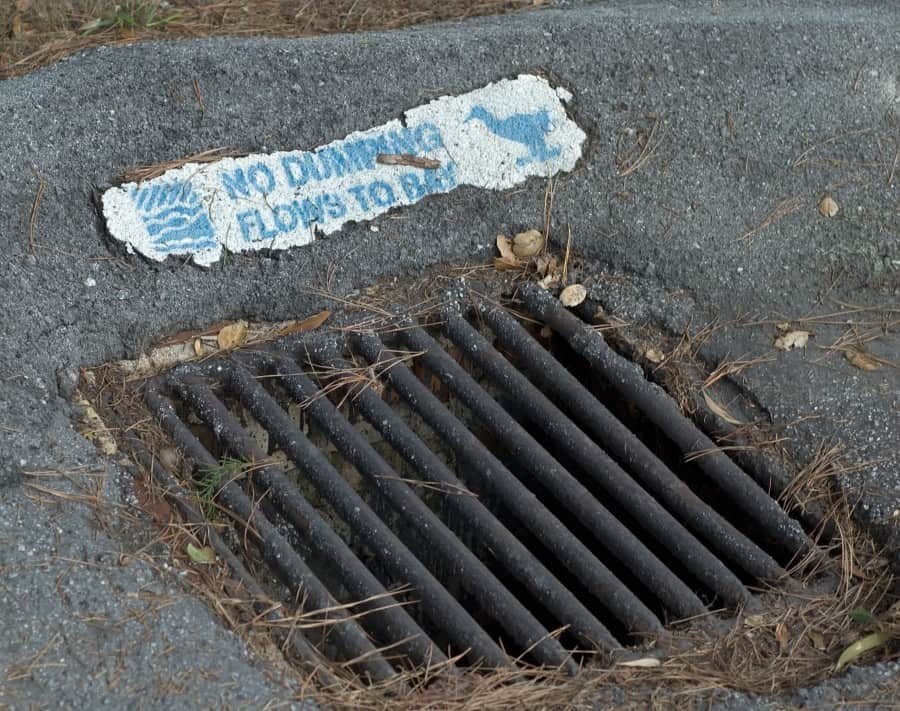



:max_bytes(150000):strip_icc()/YardDrain-fece28c29d6044e692d8974d567d1fcc.jpg)
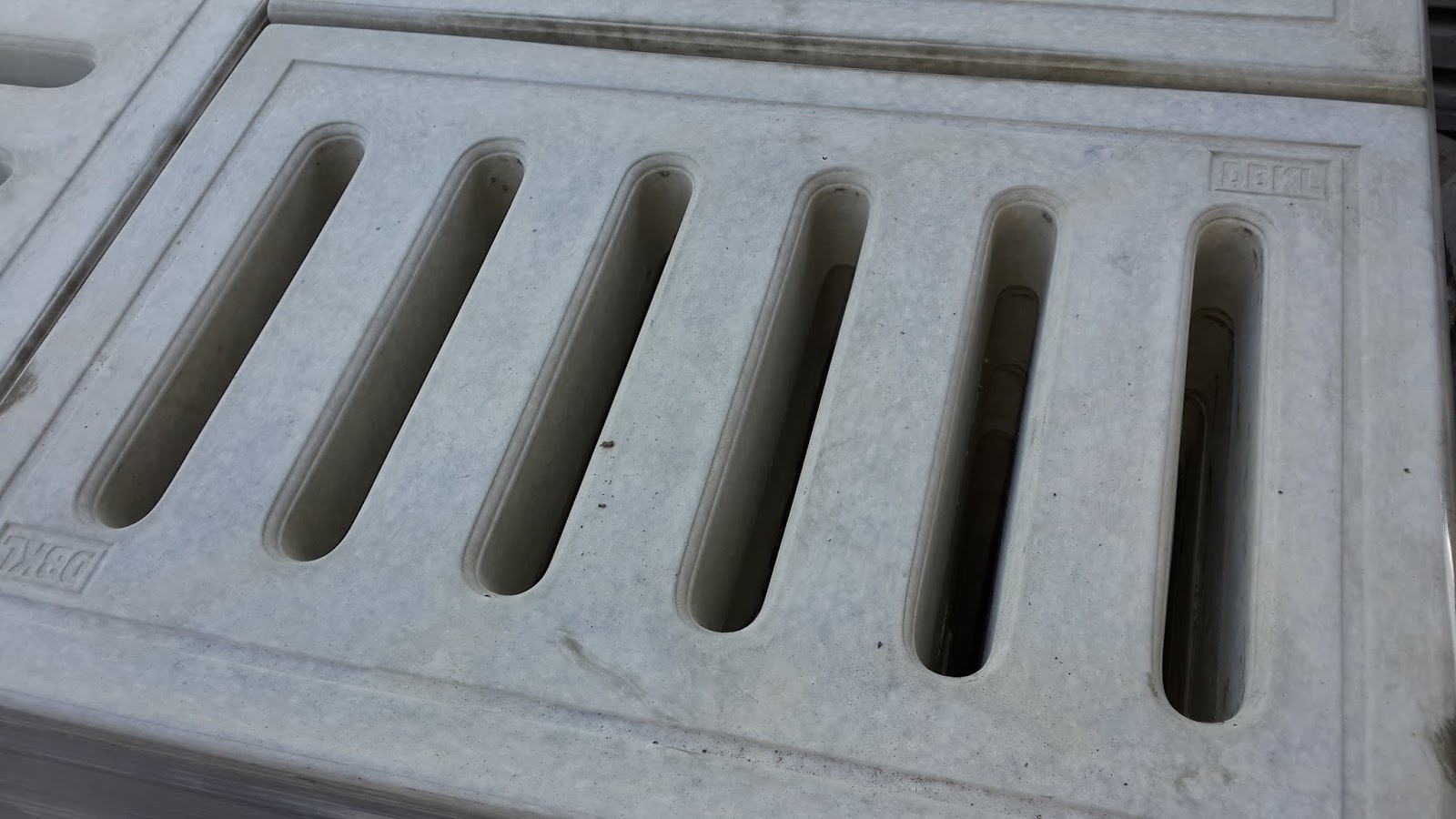













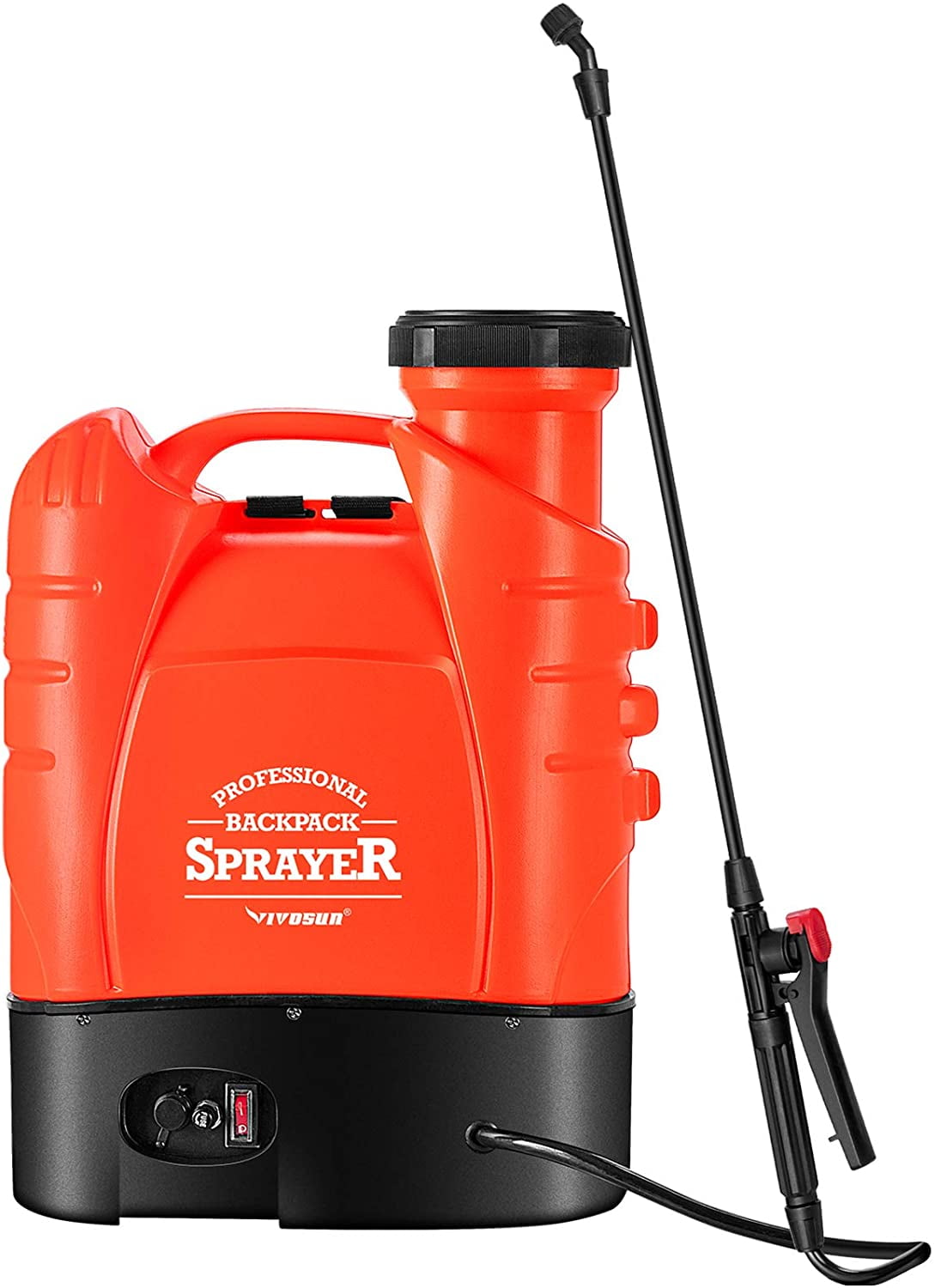
























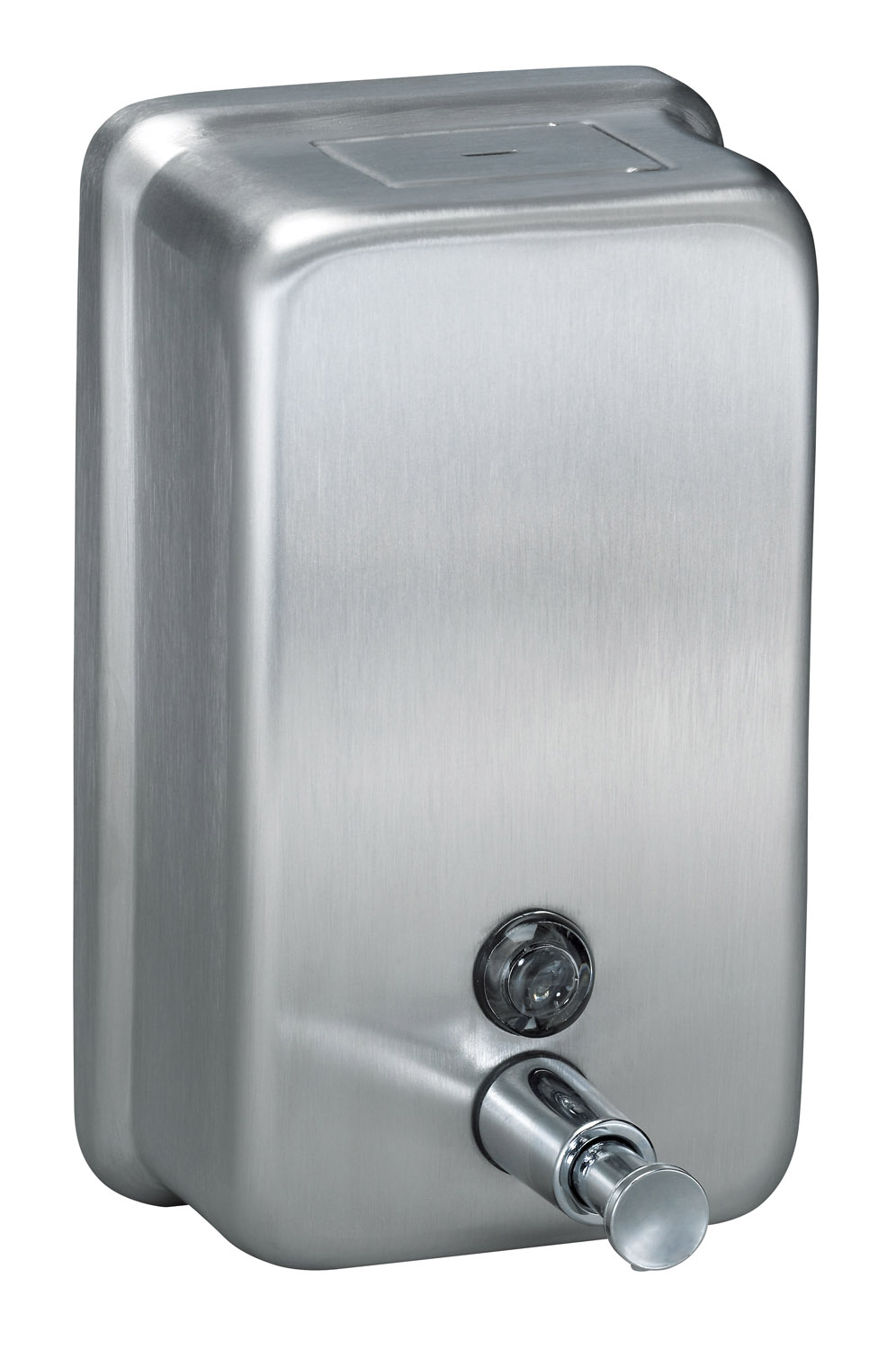







/Kitchensinksoapdispenser-GettyImages-91206440-59e82279054ad90011101a01.jpg)











:max_bytes(150000):strip_icc()/garbage-disposal-installation-1824830-01-73cf0263b344447488ed8e15f7f2bc78.jpg)




/81NWXIOnxfL._AC_SL1500_-34b01bafb5c6442ab723fe0e50e61ab9.jpg)




















